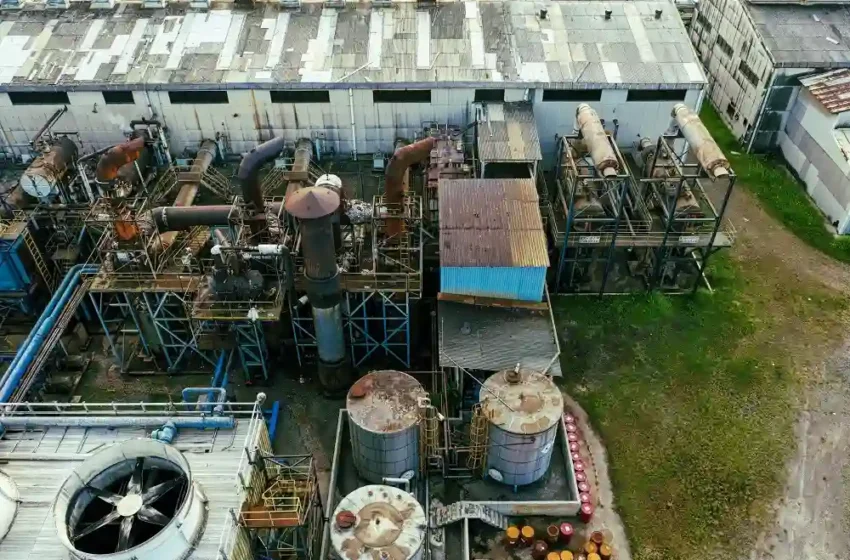
4 Tips to Prevent Fire in Oil and Gas Facilities
No other facility is as prone to fire as oil and gas. The risk of fires is high in oil and gas facilities because the two fossil fuels are inherently flammable. Any leak or accidental release can result in ignition.
One prominent incident that garnered significant attention last year was the outbreaks of fire at three large oil and gas industry sites along the Texas Gulf Coast.
Among the three incidents, the blaze that occurred at Marathon Petroleum’s Galveston Bay Refinery in Texas City south of Houston was particularly tragic. The blaze resulted in an explosion, and a 55-year-old machinist named Scott Higgins lost his life.
What if this incident took place at your oil and gas facility, and one of your employees would have been burned alive? The mere thought must send a chill down the spine. While you cannot fire-proof your oil and gas facility, you can take certain measures to prevent fire-related incidents. Here, we’ll discuss some important ones.
#1 Implement Rigorous Maintenance Programs
Regular maintenance of equipment is the cornerstone of fire prevention in gas and oil facilities. Ensure that all equipment, including storage tanks, pipelines, valves, and machinery, undergoes routine inspection and maintenance.
Check for signs of wear, corrosion, or leaks occasionally. This will help you detect issues that could lead to blazes early on, allowing you to address them before they escalate into something big.
A routine maintenance program ensures that equipment operates efficiently and reliably, reducing the likelihood of malfunctions or breakdowns that could spark ignition. This also allows for the timely replacement of worn components, thus minimizing the risk of catastrophic failures.
#2 Invest in Advanced Fire Detection Systems
Installing a state-of-the-art fire detection system can be a game-changer for your oil and gas facility. It will safeguard it against the devastating impact of blazes.
Advanced fire detection systems will monitor your facility for abnormal heat signatures, gas, or heat emissions and send early warnings of impending fire incidents. Your employees will thus be able to intervene promptly, preventing the blaze from escalating.
Smoke detectors are a great way to protect your establishment from infernos. These systems issue a warning right after they sense the presence of smoke. Smoke detectors, however, often lead to false alarms.
Install them, but be sure to also invest in thermal imaging cameras and infrared sensors. Thermal imaging cameras accurately identify hot spots and overheated equipment, providing early warning to avoid equipment damage or blaze outbreaks.
Infrared sensors also help identify potential blazes before they spread and become difficult to control. These sensors detect heat signatures from a distance and sound the alarm to notify everyone on the premises. Thus, everyone in your facility will have enough time to vacate it and call for emergency firefighting services.
#3 Keep Fire Suppression Systems On-Site
Fire suppression systems are an indispensable item for gas and oil facilities. Having these systems on-site will allow you to quickly douse blazes and prevent them from spreading.
Various types of fire extinguishers are available, from water-based to wet chemicals. However, not all are suitable for putting out blazes at oil and gas facilities. Those designed to douse Class B (flammable liquids) and Class C (flammable gasses) blazes are considered the best for facilities like yours.
Aqueous film forming foam, or AFFF, is highly effective in suppressing Class B infernos. AFFF is commonly used in chemical manufacturing plants, military sites, airports, and fire stations, reports TorHoerman Law.
Even though it combats fuel-based fires effectively, we advise you against it. Studies have found PFAS—per- and polyfluoroalkyl substances—a type of chemical that is linked with cancer in these foams.
Elevated levels of exposure to this chemical are associated with adverse health effects such as testicular and kidney cancers. Recent studies have found PFAS in high concentrations in the blood serum of firefighters. Not surprisingly, firefighters are at an increased risk of testicular cancer.
These researchers have led to a wave of product liability lawsuits. Firefighters are suing the manufacturers of firefighting foams, such as DuPont, 3M, Chemours, ChemDesign Inc., Chemguard Inc., and a dozen other companies, in their AFFF lawsuits.
Plaintiffs in the AFFF lawsuit allege that exposure to the chemicals in AFFF caused or increased their risk of developing certain cancers. They further allege that the manufacturers failed to warn them about the risks associated with the use of their products despite knowing.
Thus, don’t go for AFFF; instead, opt for ABC powder extinguishers. They effectively douse both Class B and Class C blazes.
#4 Use Gas Detection Devices
Much of the infernos can be prevented if you install gas detection devices in your oil and gas facility.
The sensors of these devices monitor the air continuously for the presence of hazardous gasses such as hydrogen sulfide, methane, and carbon monoxide. In case they detect gas in abnormal concentrations in the air, they provide vital warning signs of potential fire hazards. This early warning will allow your staff to take immediate action to prevent ignition.
To sum things up, fires can wreak havoc on gas and oil facilities. They can result in powerful explosions, leading to loss of life and property damage.
These proactive measures will help you reduce the risk of blazes in your establishment and create a safe environment for your workers as well as those around you. Make sure to also prioritize employee training and maintain strict housekeeping standards. These will help prevent fire-related incidents.
